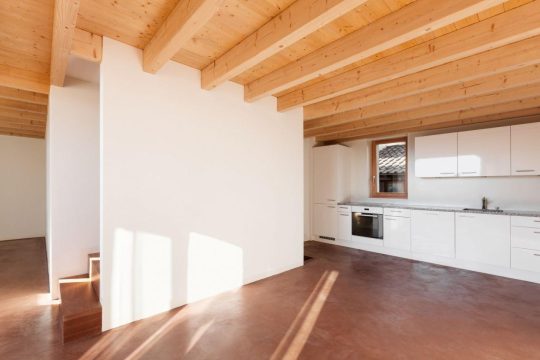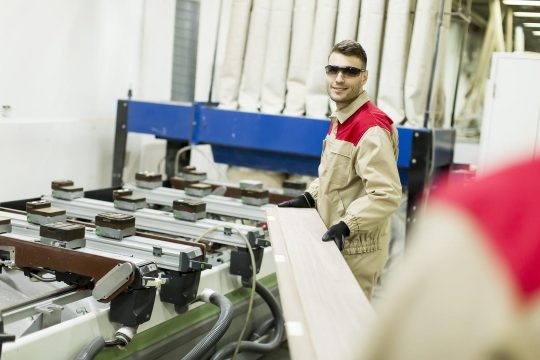No products in the cart.
For centuries, wood has proven itself as a building material. However, with the industrial revolution in the 19th century and the associated transition from handcrafted individual production to industrial mass production, wood was displaced by new building materials that could be produced in large quantities. After that, timber construction was a niche market for a long time. In the meantime, timber construction is on the upswing again.
The proportion of timber construction is rising continuously. Not only are more and more private builders opting for wood as a building material for their one- or two-family homes, but there has also been a significant increase in multi-story residential construction. Even non-residential buildings such as day-care centres, schools, nursing homes, or even office buildings are now being built with wood. For extensions, timber construction offers static advantages.
In multi-story construction, hybrid construction is becoming more and more popular, making targeted use of the advantages of solid and timber construction. With material and processing properties that are very similar to timber construction and fast processing, fermacell® gypsum fibre boards complement the advantages of wood as a building material and also offer decisive arguments against other building materials such as wood-based panels.



